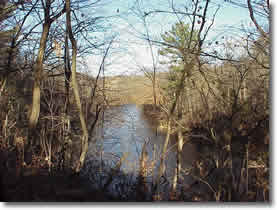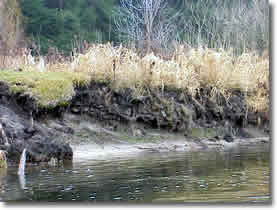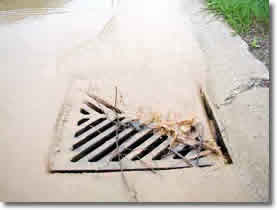Stormwater Management Project - Why is Stormwater a Concern?



Stormwater
When land is developed, natural vegetation is replaced with rooftops, roads, parking lots, driveways, and sidewalks. These hard surfaces do not allow rain to soak into the ground. Rain water that was once largely absorbed by the soil and vegetation is now being conveyed from these hard surfaces by pipes, ditches, and canals to nearby lakes, rivers, and streams. These impermeable surfaces and water conveyances increase the volume of storm water runoff and the amount of pollutants carried to nearby water bodies.
Runoff Impacts
Water Quality
Many people do not make the connection between storm water runoff from development and the pollution of water resources. With hard surfaces such as roads, parking lots, and rooftops replacing natural vegetation, the natural infiltration process of rain water is interrupted. Rain water that is normally filtered through the soil and released slowly is now running off of these hard surfaces directly into lakes, streams, and rivers carrying with it pollutants like oil and grease, fertilizers, pesticides, and sediment.
Temperature
Another concern is the impact that warm storm water runoff delivery can have on fish and aquatic insects. Studies have shown that when development and land use changes cause increases in impervious land surfaces, mean summer stream temperatures can increase by two to 10 degrees. Storm water runoff is heated by the hard surfaces and can have a devastating effect on cold water trout streams.
Bank Erosion
Under natural conditions rain water infiltrates into the ground and is released slowly into the receiving waters. An increase in impervious surfaces causes storm water to enter the water body at a faster rate and at greater volumes then under normal conditions. This can result in an unstable stream system with higher flows and more streambed and bank erosion.
Flooding
For many years, the term Stormwater Management invites thoughts of flooding and the need to minimize the negative impacts it has on life and property. Government officials and other decision-makers are generally well aware of these effects, and have often passed ordinances intended to control and limit these flood flows. While preventing floods is still an important issue, the focus has shifted to include a host of other issues such as the effects storm water runoff can have on water quality.
